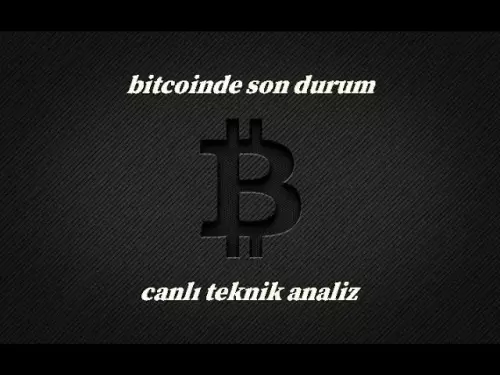-
 Bitcoin
Bitcoin $117,576.6195
-0.21% -
 Ethereum
Ethereum $2,938.5668
-1.35% -
 XRP
XRP $2.7699
4.60% -
 Tether USDt
Tether USDt $1.0003
0.01% -
 BNB
BNB $688.1624
-0.01% -
 Solana
Solana $160.5113
-1.95% -
 USDC
USDC $0.9999
0.01% -
 Dogecoin
Dogecoin $0.1976
-0.70% -
 TRON
TRON $0.3008
1.54% -
 Cardano
Cardano $0.7159
-2.16% -
 Hyperliquid
Hyperliquid $46.2240
2.04% -
 Stellar
Stellar $0.3966
22.03% -
 Sui
Sui $3.3928
-3.11% -
 Chainlink
Chainlink $15.1204
-2.43% -
 Bitcoin Cash
Bitcoin Cash $515.1741
-1.19% -
 Avalanche
Avalanche $20.8130
-0.90% -
 Hedera
Hedera $0.2001
-2.12% -
 UNUS SED LEO
UNUS SED LEO $9.0522
0.72% -
 Shiba Inu
Shiba Inu $0.0...01316
-2.01% -
 Toncoin
Toncoin $2.9843
0.61% -
 Litecoin
Litecoin $92.6745
-2.71% -
 Polkadot
Polkadot $3.9483
-0.06% -
 Monero
Monero $328.5347
1.10% -
 Dai
Dai $0.9998
0.01% -
 Ethena USDe
Ethena USDe $1.0006
-0.01% -
 Uniswap
Uniswap $8.3739
-6.50% -
 Bitget Token
Bitget Token $4.4241
-1.99% -
 Pepe
Pepe $0.0...01222
-3.96% -
 Aave
Aave $300.5203
-3.61% -
 Bittensor
Bittensor $382.2607
-1.92%
Can I join multiple mining pools with one machine?
Mining pools let miners combine resources for steadier rewards, and while using one machine across multiple pools is possible, it requires careful setup to balance performance and hardware safety.
Jul 12, 2025 at 03:14 pm
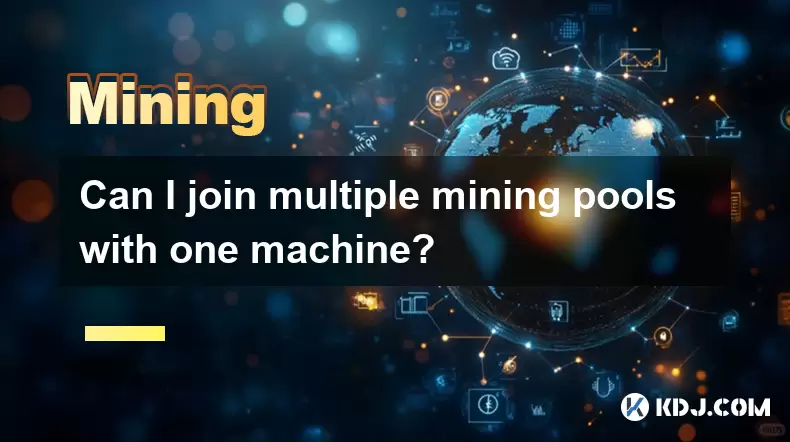
Understanding Mining Pools and Their Purpose
Mining pools are collaborative networks where multiple cryptocurrency miners combine their computational resources to increase the chances of successfully mining a block. When one miner in the pool solves the cryptographic puzzle, the reward is distributed among all participants based on their contributed hashing power. This model allows individual miners with limited resources to earn more consistent returns compared to solo mining.
The primary goal of joining a mining pool is to reduce variance in earnings. By pooling resources, miners can achieve more predictable payouts even if they have relatively low hash rates individually. Most modern cryptocurrencies support mining through such shared platforms, including Bitcoin (BTC), Ethereum (ETH), and Litecoin (LTC).
Technical Feasibility of Using One Machine for Multiple Mining Pools
Technically, it is possible to connect a single mining machine to multiple mining pools simultaneously. This setup involves running multiple instances of mining software or using a multi-pool configuration tool. However, this requires careful planning and system optimization to avoid resource overloads or performance degradation.
Each mining pool connection consumes CPU/GPU resources and network bandwidth. Running two or more mining clients concurrently may lead to increased heat generation, higher electricity consumption, and potential instability if not configured properly. It's essential to monitor system temperatures and ensure adequate cooling mechanisms are in place.
How to Configure a Single Miner for Multiple Pool Connections
To configure a single mining rig to work with multiple pools, follow these steps:
- Choose compatible mining software: Some tools like NiceHash, MinerGate, or MultiPoolMiner allow switching between pools automatically or running multiple pools at once.
- Download and install separate mining clients: For example, you might run CGMiner for one pool and BFGMiner for another.
- Edit configuration files: Adjust the parameters in each client’s config file to specify different pool addresses, ports, and worker credentials.
- Allocate hardware resources carefully: Assign specific GPUs to each mining instance to prevent conflicts and optimize efficiency.
- Test stability: Run short sessions with both pools active and check for crashes, hashrate drops, or overheating.
It’s important to note that some mining pools or wallets may flag unusual activity if they detect the same wallet address submitting shares from different sources simultaneously.
Potential Benefits of Joining Multiple Mining Pools
There are several advantages to distributing your mining efforts across multiple pools:
- Increased redundancy: If one pool experiences downtime or connectivity issues, the other continues operating.
- Better payout flexibility: Different pools offer varying payout structures—some pay per share (PPS), others use proportional or score-based systems. Using multiple pools can help balance risk and reward.
- Optimized profitability: Some pools may offer better fees or bonuses at certain times. Switching dynamically or splitting resources can maximize overall returns.
- Reduced variance: By diversifying across pools, miners can further smooth out income fluctuations caused by luck or difficulty changes.
However, the benefits must be weighed against added complexity and system load.
Challenges and Risks Involved in Multi-Pool Mining
While technically feasible, mining across multiple pools introduces several challenges:
- Increased power consumption: Running multiple mining processes increases GPU/CPU usage, which directly impacts electricity costs.
- Hardware stress: Continuous high-load operation can shorten the lifespan of components. Overheating becomes a real concern when running dual mining clients.
- Configuration errors: Misconfigured clients can result in rejected shares or no rewards at all. Attention to detail is crucial when setting up multiple connections.
- Wallet and account management: Each pool typically requires a unique worker name and password. Maintaining accurate records helps avoid confusion and misattributed payouts.
- Network limitations: Bandwidth constraints can affect synchronization and submission speed. Ensure your internet connection is stable and fast enough to handle multiple simultaneous connections.
These risks should be carefully considered before attempting to mine across multiple pools with a single machine.
Frequently Asked Questions
Q: Can I use the same wallet address for multiple mining pools?
A: Yes, but some pools may flag this as suspicious behavior. It's safer to create separate sub-wallets or use unique identifiers for each pool to avoid complications.
Q: Does mining on multiple pools improve my total earnings?
A: Not necessarily. While it can stabilize income, it doesn’t guarantee higher profits. Efficiency depends on pool fees, network difficulty, and how well your hardware is optimized.
Q: Will mining on multiple pools damage my GPU?
A: Continuous high-intensity operations increase wear and tear. Proper cooling, monitoring, and maintenance are essential to mitigate long-term damage.
Q: Is there any mining software specifically designed for multi-pool setups?
A: Yes, tools like Awesome Miner, MultiMiner, and Miner Monitor support managing multiple pools from a single interface. These simplify switching and monitoring but still require proper system allocation.
Disclaimer:info@kdj.com
The information provided is not trading advice. kdj.com does not assume any responsibility for any investments made based on the information provided in this article. Cryptocurrencies are highly volatile and it is highly recommended that you invest with caution after thorough research!
If you believe that the content used on this website infringes your copyright, please contact us immediately (info@kdj.com) and we will delete it promptly.
- Cracking the Code: Passive Income with Crypto & Altcoins in the 2025 Bull Run
- 2025-07-12 18:30:12
- Crypto Bull Run: Meme Coins Like Troller Cat Lead the Charge
- 2025-07-12 18:30:12
- Solana, Meme Coins, and Ethereum: A Bullish Crypto Cocktail?
- 2025-07-12 18:50:12
- Chainlink's Climb: LINK Price, All-Time Highs, and What's Next
- 2025-07-12 19:10:12
- Crypto Bull Run, Altcoin Season, and Momentum Gains: Are We There Yet?
- 2025-07-12 19:15:11
- Eddie Rocks the Royal Mint: Iron Maiden's 50th Anniversary Gets Coin-ified!
- 2025-07-12 16:30:11
Related knowledge

How to keep a mining rig cool
Jul 12,2025 at 01:42pm
Understanding the Importance of Cooling in Mining RigsCryptocurrency mining is an intensive process that places heavy demand on hardware components, p...
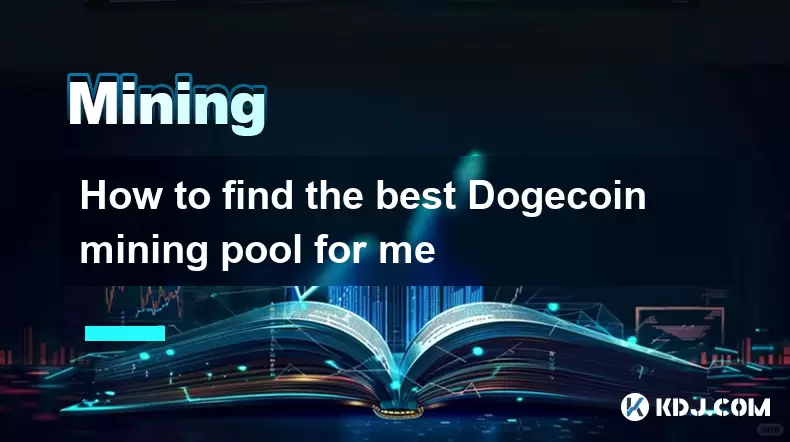
How to find the best Dogecoin mining pool for me
Jul 12,2025 at 04:14pm
Understanding the Role of a Mining PoolWhen mining Dogecoin, joining a mining pool can significantly increase your chances of earning consistent rewar...
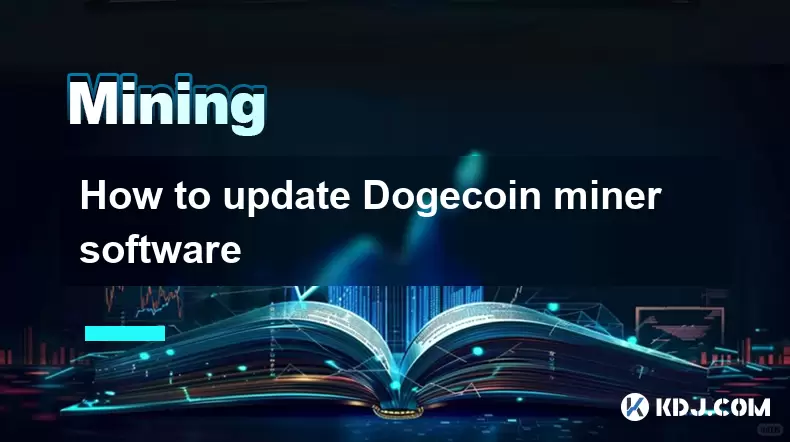
How to update Dogecoin miner software
Jul 12,2025 at 12:36pm
Understanding Dogecoin Mining and the Need for Software UpdatesDogecoin mining involves using specialized software to validate transactions on the Dog...

Overclocking settings for Dogecoin mining
Jul 12,2025 at 12:57pm
Understanding Overclocking in Dogecoin MiningOverclocking refers to the process of increasing the clock rate of a component—typically a GPU or CPU—bey...
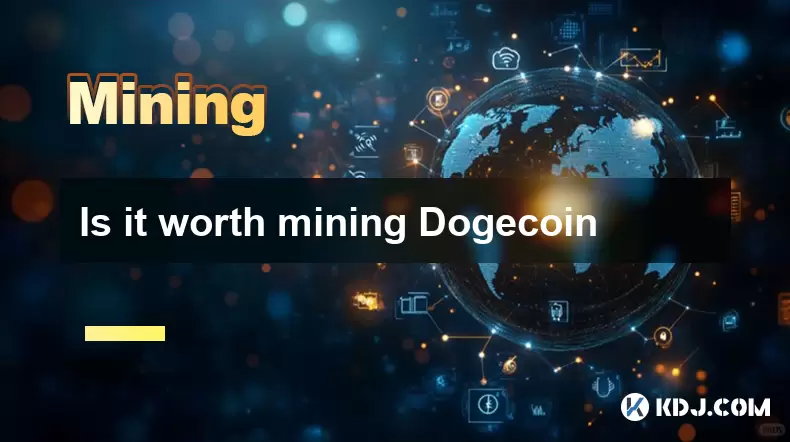
Is it worth mining Bitcoincoin
Jul 12,2025 at 04:35pm
Understanding the Basics of Dogecoin MiningDogecoin (DOGE) is a cryptocurrency that was originally created as a joke in 2013 but has since gained sign...
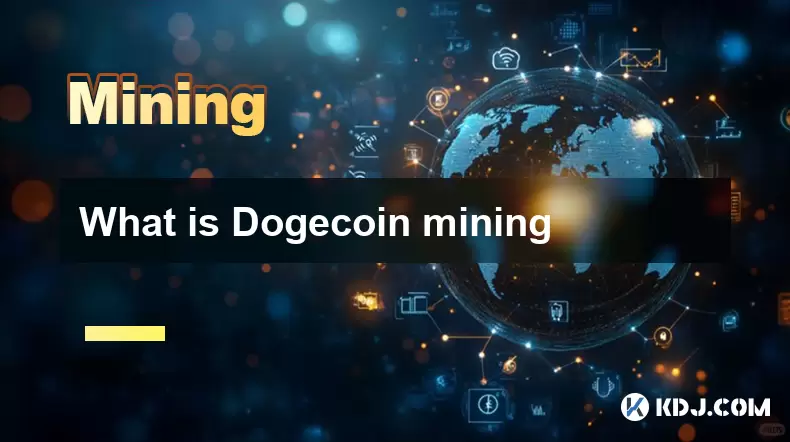
What is Dogecoin mining
Jul 12,2025 at 06:29pm
Understanding the Basics of Dogecoin MiningDogecoin mining refers to the process by which new Dogecoins are introduced into the digital ecosystem. Thi...

How to keep a mining rig cool
Jul 12,2025 at 01:42pm
Understanding the Importance of Cooling in Mining RigsCryptocurrency mining is an intensive process that places heavy demand on hardware components, p...

How to find the best Dogecoin mining pool for me
Jul 12,2025 at 04:14pm
Understanding the Role of a Mining PoolWhen mining Dogecoin, joining a mining pool can significantly increase your chances of earning consistent rewar...

How to update Dogecoin miner software
Jul 12,2025 at 12:36pm
Understanding Dogecoin Mining and the Need for Software UpdatesDogecoin mining involves using specialized software to validate transactions on the Dog...

Overclocking settings for Dogecoin mining
Jul 12,2025 at 12:57pm
Understanding Overclocking in Dogecoin MiningOverclocking refers to the process of increasing the clock rate of a component—typically a GPU or CPU—bey...

Is it worth mining Bitcoincoin
Jul 12,2025 at 04:35pm
Understanding the Basics of Dogecoin MiningDogecoin (DOGE) is a cryptocurrency that was originally created as a joke in 2013 but has since gained sign...

What is Dogecoin mining
Jul 12,2025 at 06:29pm
Understanding the Basics of Dogecoin MiningDogecoin mining refers to the process by which new Dogecoins are introduced into the digital ecosystem. Thi...
See all articles























